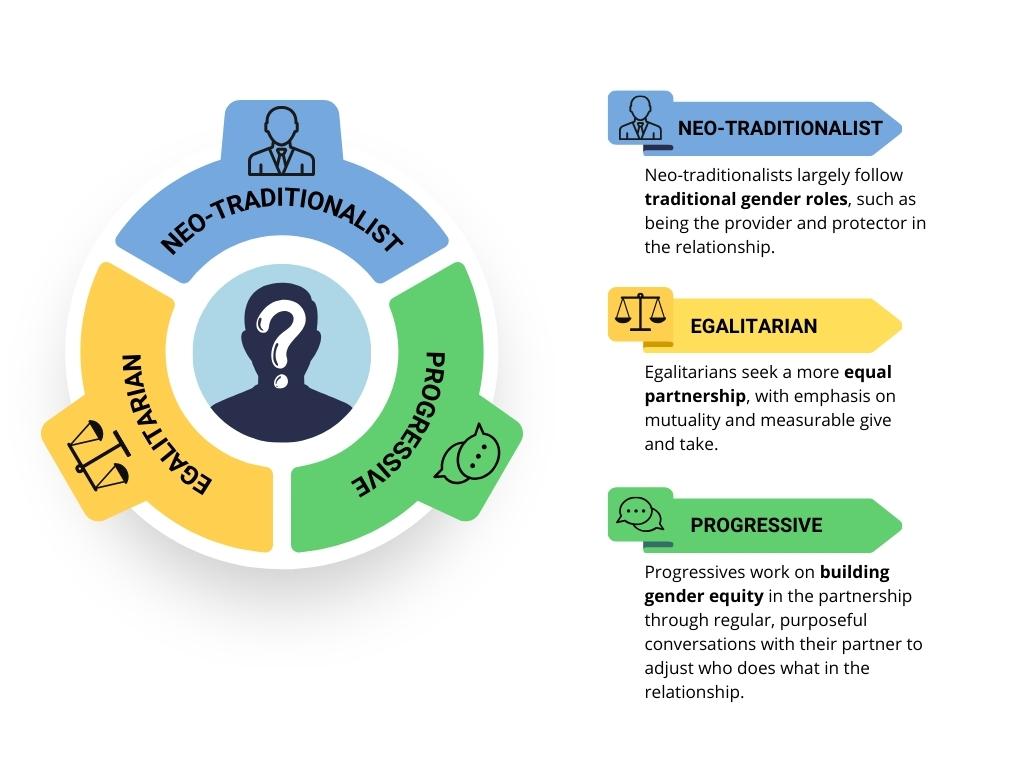
Masculinities within intimate partner relationships continue to be influenced by shifting gender roles, identities and relations since the 80s. As a means of promoting men’s mental health and the well-being of their partners and families, there have been increasing calls for gender equality and equity in men’s contemporary heterosexual relationships. This is particularly crucial in addressing negative downstream outcomes including intimate partner violence (IPV) and suicide, both of which characterise the pathologizing of men’s role in their intimate partner relationships. Conspicuously absent in literature are heterosexual men’s strengths-based approaches and perspectives in building sustainable and equitable intimate partner relationships, hence informing this current study’s specific research question – ‘What are the connections between masculinities and men’s heterosexual intimate partner relationships?’
To answer this research question, upon gaining university ethics approval (H22-00872), 92 heterosexual, cis-gendered men aged 19-43 years-old were recruited from across 14 countries. Recruitment were conducted via diverse social media platforms including Twitter and Instagram, where participants first underwent a brief eligibility Zoom meetings to detail the photovoice study details and complete their sociodemographic and consent forms. They were subsequently directed to submit 5-10 photographs that illustrate their experiences of, and perspectives about intimate partner relationships. Ultimately, using virtual photovoice methods, participants underwent individual Zoom interviews, averaging at 79 minutes each. Herein, interpretive descriptive methodologies drawing from qualitative traditions were combined with virtual photovoice and Zoom interview data collection methods to build the analysis of the data, using the application of constant comparative analytics.
Three distinct masculine typologies were derived, defined and differentiated, and conceptually advanced with Connell’s (2005) masculinities framework. They are i) neo-traditionalist – men who revert and rely on traditional masculine norms to explain their intimate partner relationships, ii) egalitarian - men who deliberately distanced themselves from many traditional masculine norms with tangible and specific gender equality practices, and iii) progressive – men who engaged gender equity projects dedicated to ensuring fairness in their intimate partner relationship and more broadly through actions for social justice. 22 men (24%) of the participants identified with neo-traditionalist masculinities, where relationship practices were aligned with long-standing gender norms that established men’s specific roles in the relationship. Herein, there was also a consistent conflation between gender equality with gender equity. On the other hand, 46 men (50%) identified with egalitarian masculinities, where men strived to commit to gender equality in their relationships, despite still having some degree of conflation between gender equality and gender equity. Difference here however is that men deliberately embodied practices that would delink them from traditional masculine norms such as responding to their partners’ lobbies for more equal division of household chores, and railing against patriarchal practices held by previous generations in their families (but not necessarily contest traditional masculine norms more broadly). Lastly, 24 men (26%) identified with progressive masculinities where men worked on addressing inequities in their relationships through gender equity work, and actions for social justice. To that end, participants worked to contest or disrupt traditional masculine norms – for instance working to replace stoicism with expressiveness, competitiveness with collaboration, and giving up power for equity.
All in all, deriving, defining and differentiating these typologies hold value in advancing our own understanding of men’s mental health and illness. While these exist as potentially changing states, it calls
for considerations in building gender transformative and gender responsive programs to collectively allow men to work towards gender equity as a part of improving their own mental health, and reduce IPV violence and their susceptibility to suicide.